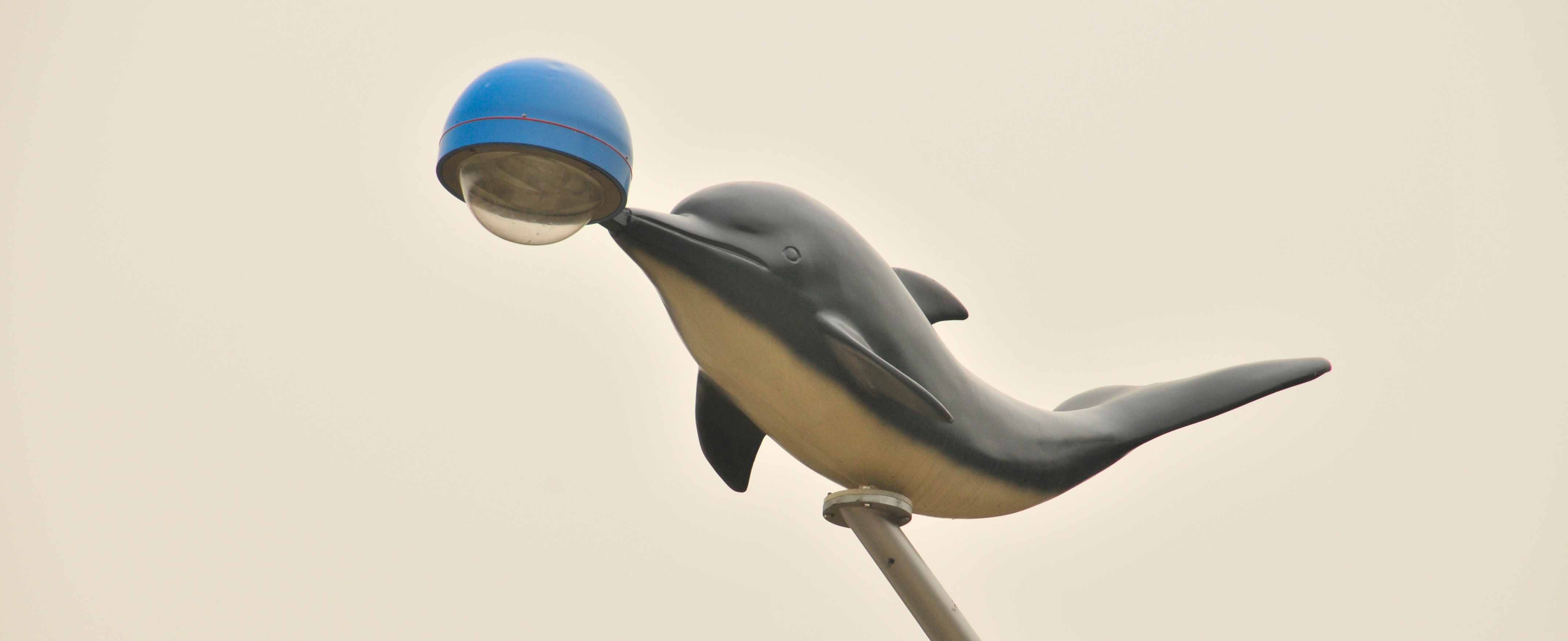Pronunciation stumbling blocks
Spitze Steine is only spoken with s-p and s-t in northern Germany.
– wenn überhaupt – nur noch im Hamburger Raum
„Ich bin über einen spitzen Stein gestolpert“
klingt dann so in: Hamburg
und so in der: Standardaussprache
In standard German the initial sounds for the clusters sp and st in Sport, Strand as well as in composites like Schneesturm are spoken with a hissing sound sh [ ʃ ]. In the other positions (in the middle of the word and in the final sound), however, s-p and s-t are spoken separately.
So much for Inspiration, Transparenz or Kunst (art) and Lust (pleasure) …
When a verb like sprechen or stehen is preceded by a /prefix/ this has no influence on the standard German pronunciation sh [ ʃ ]: you still say shp or sht. To the despair of learners of German there are quite a lot of these verbs, because they end up having completely different meanings …
so that ansprechen (e.g. to approach someone) is completely different from aussprechen (e.g. to pronounce).
jemanden / ein Thema ansprechen
ein Wort / eine Wahrheit aussprechen
Furthermore, there is a distinction between /separable/ and /inseparable/ verbs. Their pronunciation is helpful in this case! The accent on the prefix is an indication of their separability:
mit einem Problem úmgehen <=> ein Hindernis umgéhen
It is important to know this above all for recognizing the prefixes belonging to the verb: In the infinitive and in the participle the two parts stay together, otherwise the prefix goes to the end of the sentence:
Das ist ein großes Problem!
Wie soll ich damit úmgehen? (Infinitiv)
Wie bist du damit úmgegangen? (Partizip Perfekt)
Wie gehst du damit úm?
Úmgehen means handeln [hɛndln] in Neo-German, derived from handling.
Umgéhen on the other hand, means that you circumvent or avoid something.
In this way clever engineers circumvented the EU Directive prohibiting light bulbs, by selling Chinese-made light bulbs as ‘heatballs’ instead. Light became warmth!
Conclusion: It always depends on where you place the ‘accent’.
@ bine

